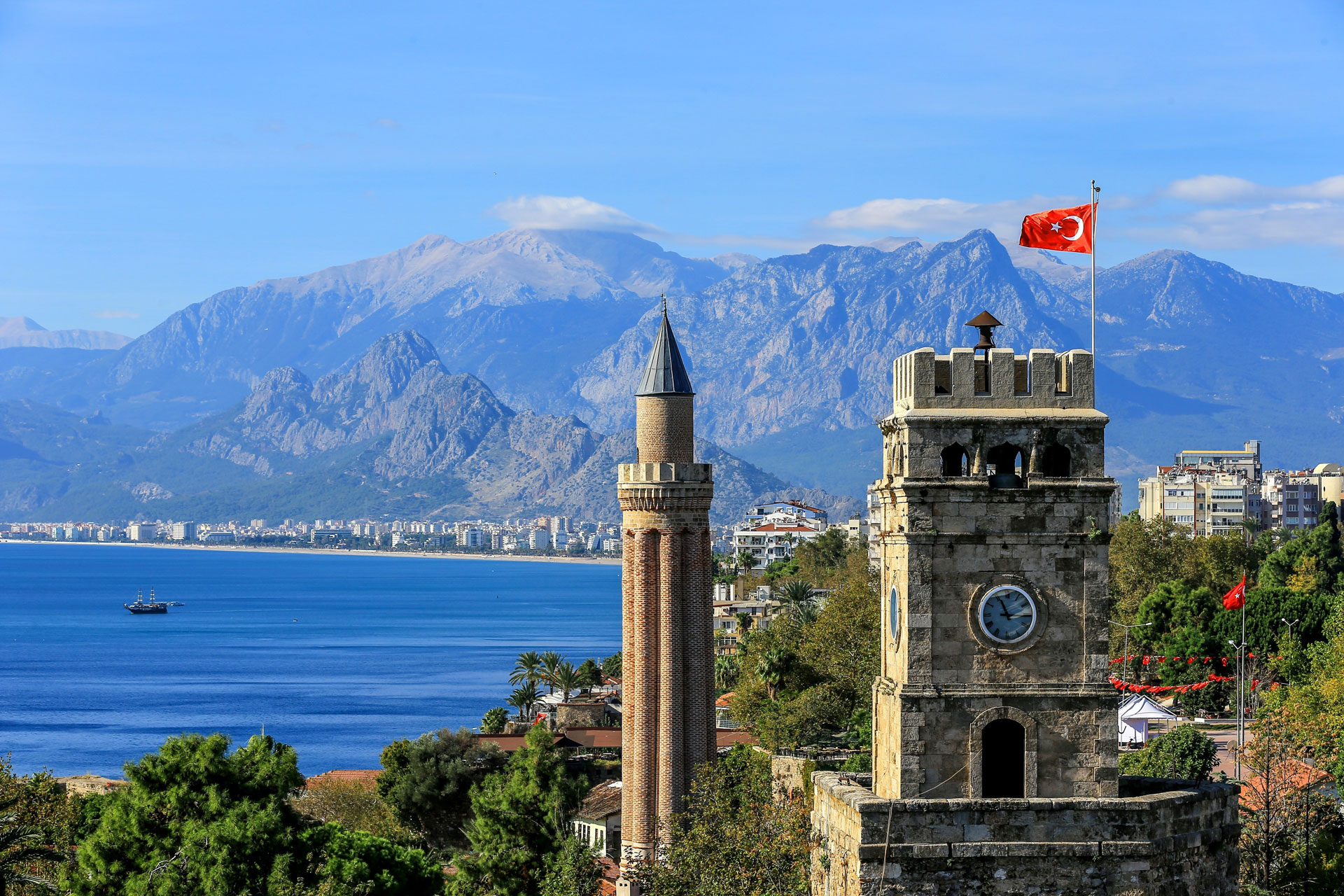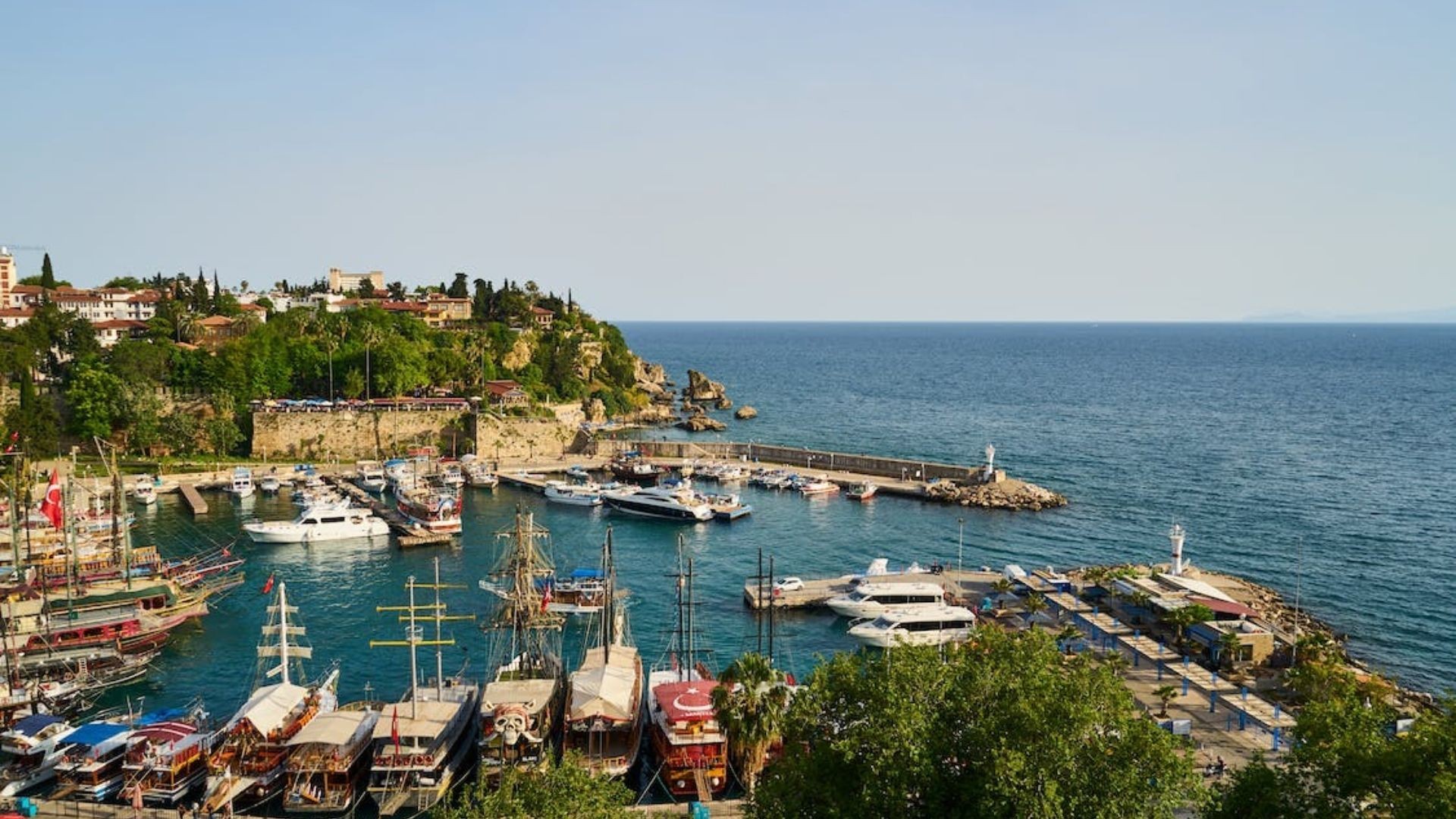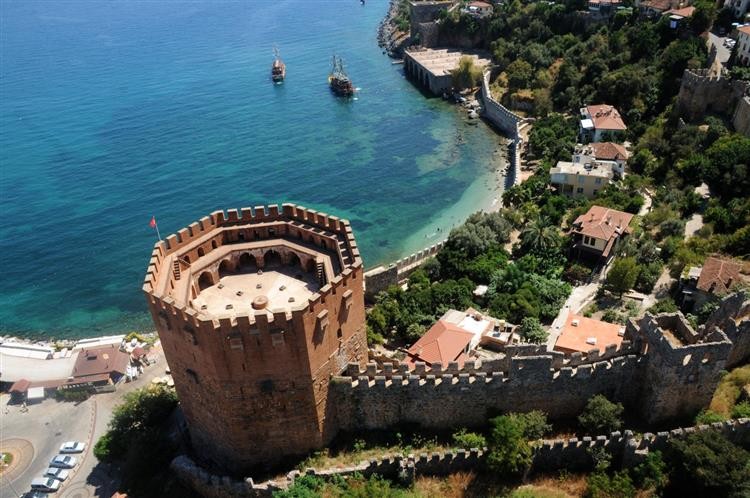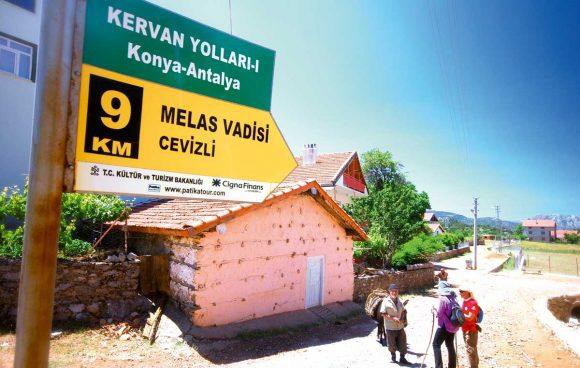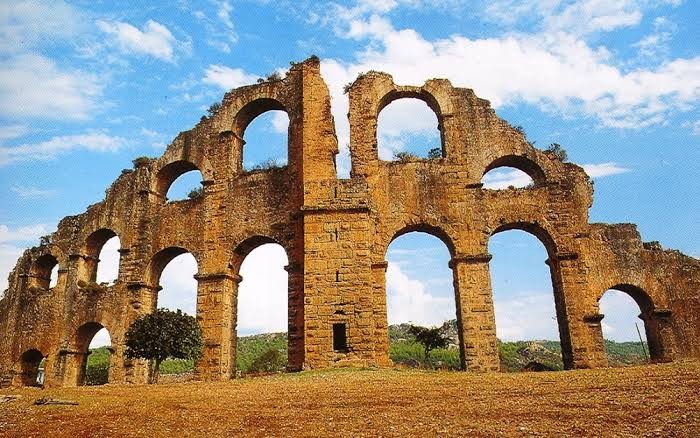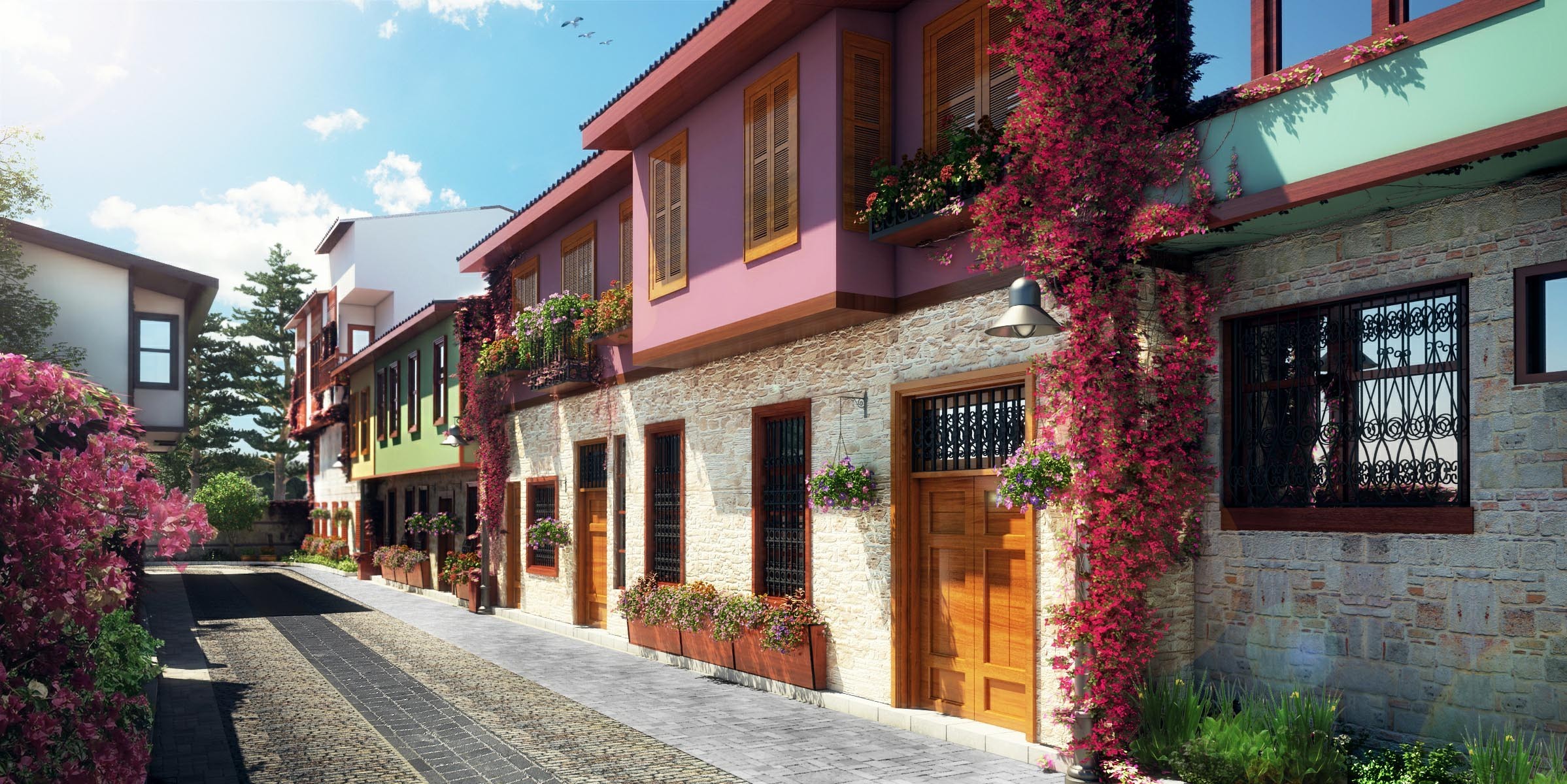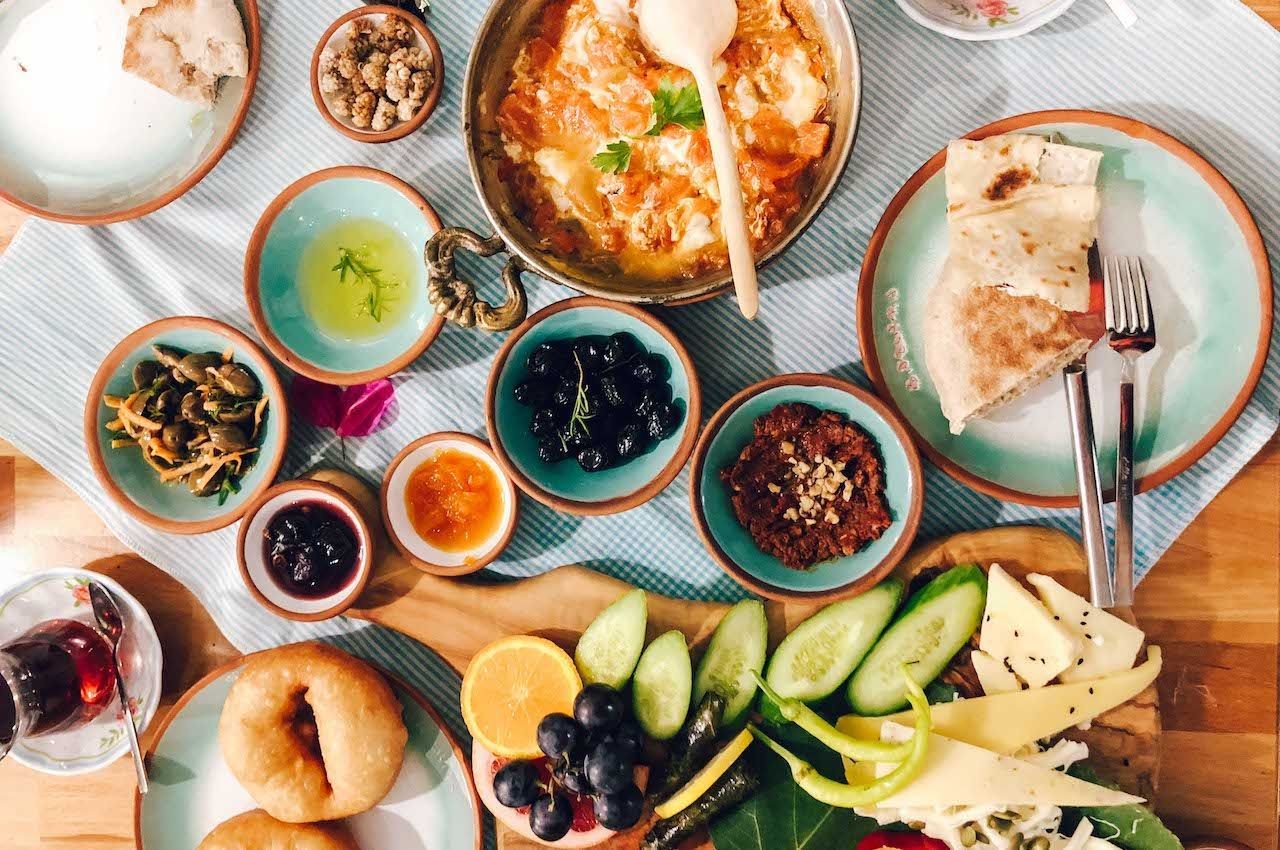Due to its transportation facilities and the fact that it has a natural and sheltered harbour, from the ancient times to the present day, Kaleiçi has been continuously used as a port settlement. Although the start of the first settlement in Kaleiçi could not be determined in the latest research, it is known that there was settlement in Kaleiçi in the 4th century B.C. Kaleiçi, which is located within the borders of the region of Pamphylia and is thought to be a small settlement place in the early Helenistic period, was named “Attaleia” after the domination of the region by Attalos Phialedelphios II, the King of Bergama, who was the most powerful king of Anatolia of that period in the 2nd century B.C., and gained the appearance of a city that reached the fortification walls in the present day. The port city that Attalos II had established to be in an active position in Mediterranean trade, was one of the most important port cities in East Mediterranean region throughout ancient times. Antalya, with the region of Pamphylia turning into a Roman state in the 1st century B.C., entered under the rule of Rome, just like many other Anatolian cities. Especially with the planning activities in the 1st and 2nd century, Antalya gained the appearance of a Roman city. Buildings such as part of fortification walls, the Hadrian’s Gate, which was built in the honour of the Roman Emperor Hadrianus’ visit to the city, and Hıdırlık Tower, were built in this period.
TOP 7 Historical Facts About Kaleici
Discover Antalya08 January 2020The capital of Turkey’s summer tourism, Antalya, takes its visitors on a journey to the past in its old town of Kaleiçi, which is home to Hadrian’s Gate, the Yivli Minaret, the Kesik Minaret, ramparts, Sufi dervish lodge, old houses and narrow streets.
Antalya dates back to antiquity and hosts more than 10 million tourists every year, standing out for its archeological and natural beauties.
The most interesting settlement in Antalya is Kaleiçi, which takes its visitors on a historical journey thanks to its narrow streets and houses bearing the traces of Greek, Seljuk and Ottoman architecture. So, we have prepared 7 interesting historical facts about this magnificent place.
History of Kaleici
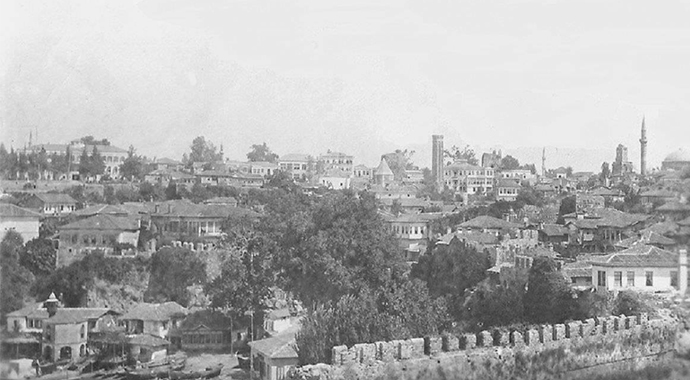
Hadrian’s Gate
Hadrian's Gate was built in 130 AD to commemorate the visit of Emperor Hadrian in Attaleia, as Antalya was known in this period. It was incorporated in the walls surrounding the city, and has become a major gateway to the city.
Fantastic stories are told about the gate, like the one about Makeda, Queen of Sheba, who drove through the gate, and then rested in Aspendos, on her way to a meeting with King Solomon. However, there is not a grain of truth in it since these events, even if they had been real, happened in the tenth century BC, and therefore long before the construction of the gate.
Two towers, standing on both sides of the gate, come from different periods of history. Southern tower (the one on the left looking from the Atatürk Boulevard) is from the Roman era, but it was, most probably, built independently from the gate. The architectural distinctness of the tower seems to confirm this theory. This structure is called the tower of Julia Sancta, and its ancient origins are testified by a stone inscription.
The northern tower (on the right) was rebuilt during the reign of the Seljuk sultan Alaeddin Keykubat I, that is, in the first half of the thirteenth century AD. Only its lowest part has been preserved from Roman times. There is also an inscription on this tower, written in Old Turkish language, but in Arabic script.
Hadrian's Gate was discovered for the Western world by Francis Beaufort who, in 1817, published its description in his diary of the trip along the southern coast of Asia Minor. This text contains information about a higher level of the gate. However, it must have been destroyed later in the 19th century, as other European visitors to Antalya, Charles Texier (in the 30s of the 19th century) and Lanckoronski, were no longer able to describe its exact appearance.
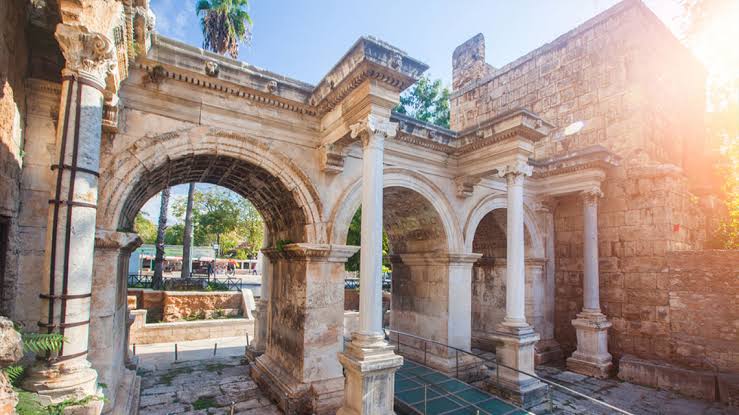
3. Broken Minaret
The building, which is currently called the Broken Minaret, was built in the 2nd century AD, in the period of Roman rule, as the temple in classic architectural style. In the Byzantine era, in the 7th century AD, the temple was demolished and rebuilt as a church dedicated to the Virgin Mary (gr. Παναγία). During its construction many architectural elements of the ancient temple, including stone blocks and column capitals, were used. During the Arab invasions in the 7th century the church was badly damaged, and had to wait for its renovation until the 9th century.
When, at the beginning of the 13th century, the southern coast of Asia Minor was conquered by the Seljuk Turks, who had their capital in Konya, the Virgin Mary church was quickly converted into a mosque. During this time a minaret was added to the temple. Later, in 1361, Peter I - the king of Cyprus and titular king of Jerusalem, took Antalya over from the Seljuks, the building became a church once again.
This did not stop the trials and tribulations of the temple. The rule of Cyprus in Antalya ended just after twelve years and the Seljuks returned to the city. In 1423 Antalya became a part of the Ottoman Empire. Only then, in the early 16th century, when Antalya was governed by prince Şehzade Korkut, the son of Sultan Bayezid II, the building once again assumed the role of the mosque. From that moment on it was known as Korkut mosque. In 1896 the mosque was destroyed by fire and has never been rebuilt. In 1975 some provisional works were carried out on its premises, but so far no decision has been made about its renovation.
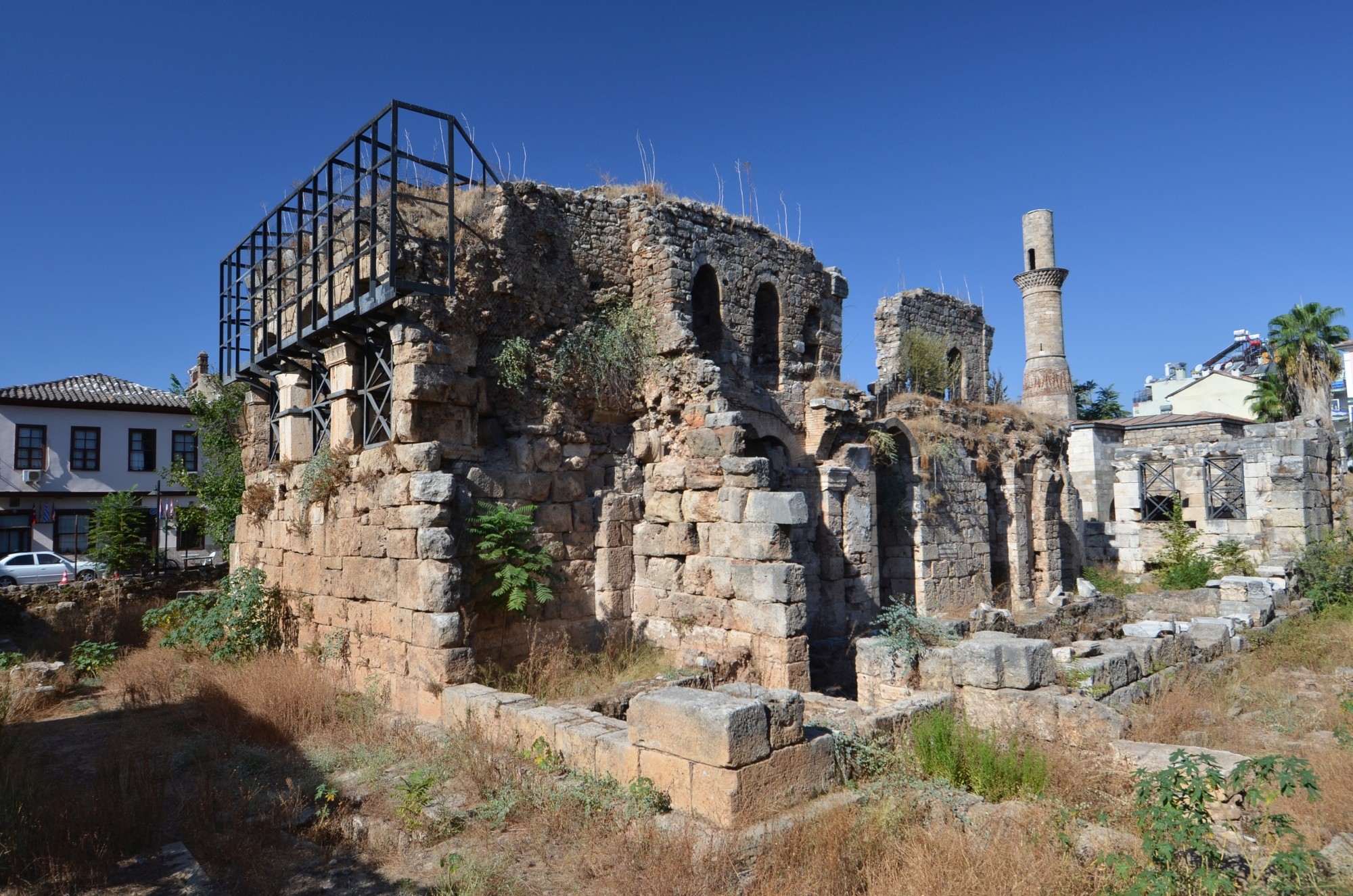
4. Hıdırlık Tower
Hıdırlık Tower (tr. Hıdırlık Kulesi) is one of these historical buildings, such as the Hadrian's Gate, the Fluted Minaret and the Clock Tower, which have become the symbols inextricably associated with Antalya. However, it is not really the tower itself that attracts many visitors, but the beautiful views of Antalya bay which looks especially stunning from this vantage point.
The tower is one of the oldest surviving monuments in the city. It is built of yellow-brown, stone blocks. Its lower story was erected on the square plan at the turn of the 2nd century AD as a part of the city fortifications. Soon, in the 2nd century, the second story was added, this time on the circular plan. The upper part of the building underwent extensive renovations during the Seljuk and Ottoman periods.
The function of this structure still remains a mystery. The popular belief is that the tower was actually the tomb of an important person. This hypothesis is confirmed by the fragments of frescoes preserved inside the building. Moreover, on both sides of the entrance gate there are stylized carvings of axes that could indicate the importance of the person buried in it.
On the other hand, the specific location of the tower - on top of a cliff near the port - can indicate another function of this structure.There is a belief that it used to be a lighthouse and a looked-out point from which the ships approaching Antalya were observed. Perhaps, for some time, the building was also used as a church.
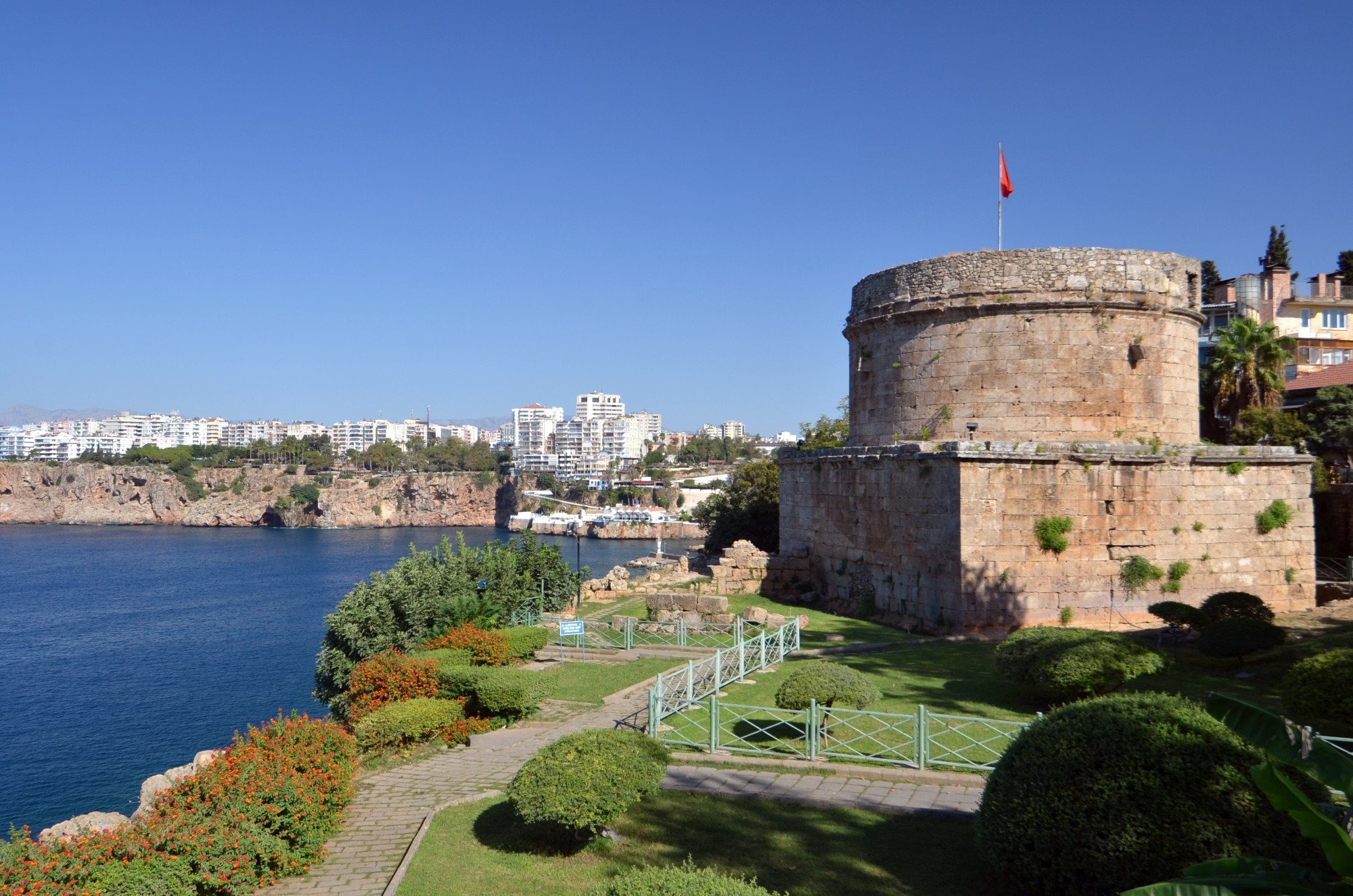
5. Kaleici houses
The most prominent feature of the 19th century Kaleiçi houses is the courtyard with stairs and divan near the entrance of the house. Most of the houses are paved with black and white geometric or figurative pebble mosaics called 'Work of Rhodos'.
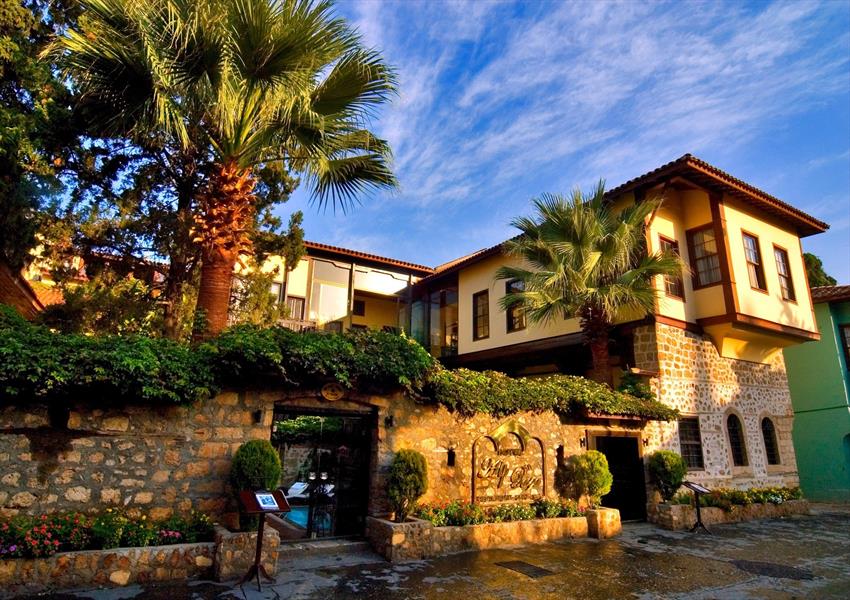
6. Antalya Marina
The old harbour of Antalya was restored in the 1980s and this restoration work was recognised with the European Council Golden Apple award.
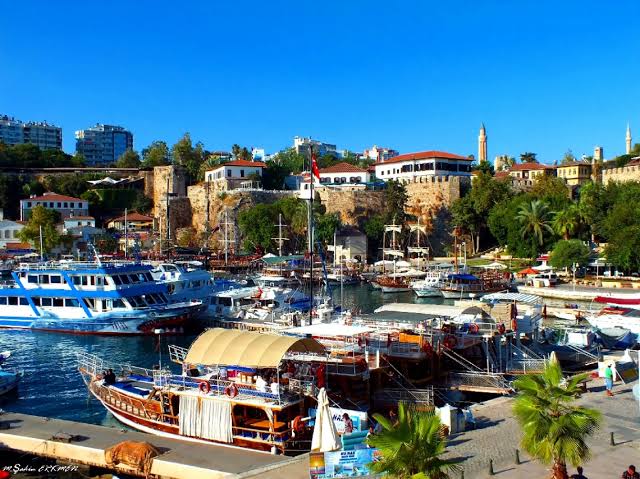
7. Yivli Minaret Mosque
Yivli Minaret Mosque is located in Kaleiçi (the old town centre) along Cumhuriyet Street, next to Kalekapısı Square in Antalya. The mosque’s fluted minaret named “the Yivli Minaret”, which is decorated with dark blue tiles, is a landmark and symbol of the city. Although the inscription at the entrance indicates that Yivli Minaret Mosque was built in 1373 by Mehmet Bey, grandson of Yunus Bey from the Hamitoglu clan. The original mosque was built in 1230 by using the walls of a ruined old church which was exist formerly at the same place.
The original mosque destroyed in the 14th century and the prayer hall was rebuilt with its six domes. Domes attract attention with their exterior tiles. This building is one of the oldest examples of multi-domed mosques in Anatolia. The mosque’s plan scheme is rectangular and the building has plain decoration style. The roof is carried by 12 columns which have ancient column heads. The exterior walls of the mosque are constructed by hewn stone.
The mosque is famous for its minaret which was constructed on the orders of Alaaddin Keykubad I, the Seljuks Sultan who ruled between 1220 and 1237. The 38-metre high fluted minaret is a unique example of Anatolian Turkish Architecture. It stands on a huge square stone base measuring 6.5 metres tall and 5.5 metres wide. The Minaret’s eight semi-circular grooved red brick shaft was originally decorated with dark blue and turquoise-colored tiles.
